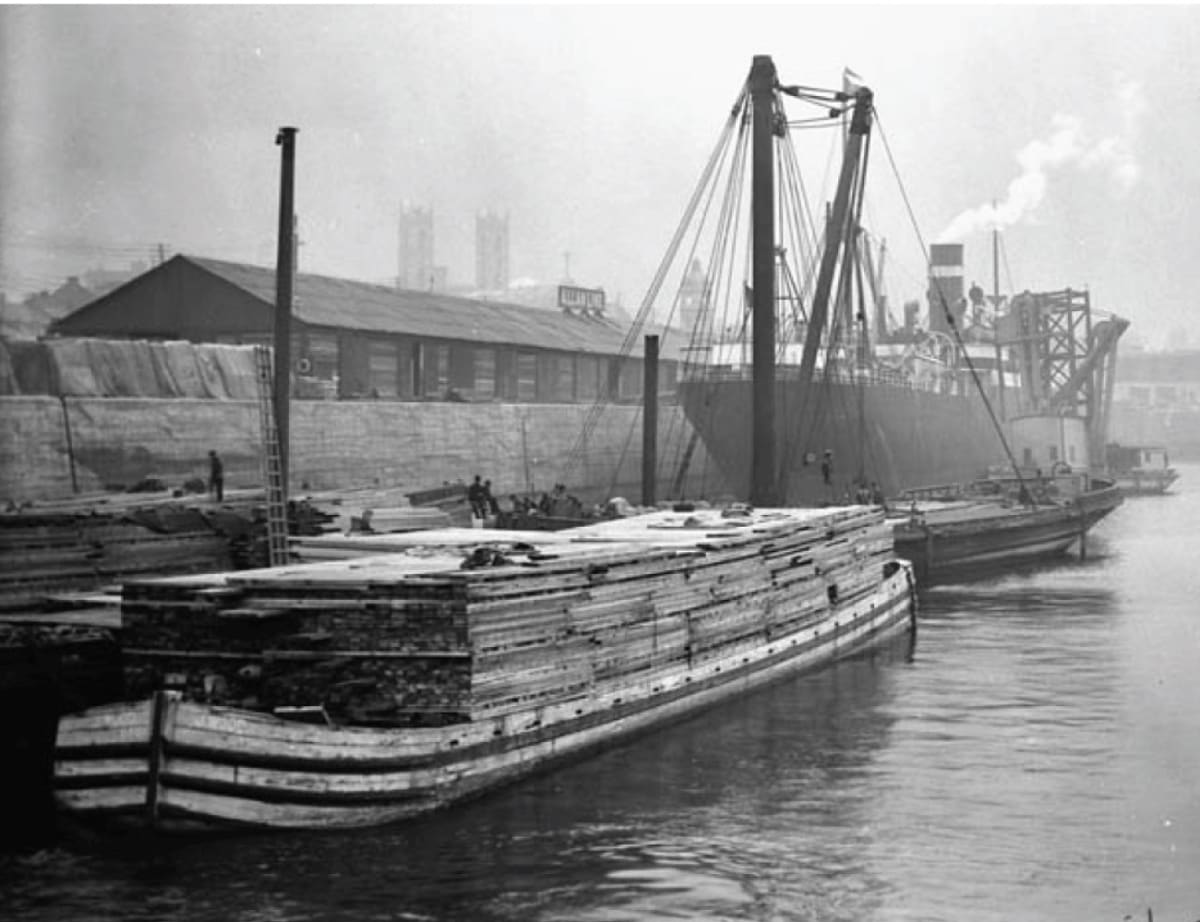Design plan for Parc du Bassin-à-Bois and Place des Arrimeurs
The Parc Bassin-à-Bois will enhance the green spaces in the Griffintown neighbourhood. The project will include refrigerated skating rink, a universally accessible service pavilion and landscaping inspired by the site’s historic character.
Parc du Bassin-à-Bois
Parc du Bassin-à-Bois in the Bassins du Nouveau Havre area is one of a series of parks to be developed, including Parc des Eaux-Cachées, Place William-Dow, Place des Arrimeurs and Parc Mary-Griffin.
Activities at the park will complement offerings at the Parc Bassin-à-Gravier, which was completed in 2016. A refrigerated outdoor skating rink, a pavilion, grassy flowerbeds and planting islands are planned.
Development will include archaeological work, soil decontamination, drainage pipes, pedestrian walkways, lighting and street furniture, as well as the planting of 96 trees and 1,700 square metres of shrubs and herbaceous plants.
Image gallery
A little history
Did you know that the Bassin-à-Bois area began developing once the Lachine Canal was built between1821 and 1825? In 1830, the Commission du Havre de Montréal (Montreal Harbour Commission) planned an inland port to protect against ice jams, which eventually led to the construction of the basins and the Port of Montréal. To provide an entry point for wood and coal, the first basins were dug in 1848. From 1874 to 1883, the canal was widened to accommodate growing traffic and larger ships, and basins 3 and 4 were dug. Parc du Bassin-à-Bois takes its name from the site of former basin 4, where lumber was once transshipped.
Several events led to the industrial decline of the Le Sud-Ouest neighbourhoods, most notably World War II (1939-1945) and the opening of the seaway (1959).
The Lachine Canal was officially closed to commercial navigation in 1970, and the basins were filled in the following year. Between 1978 and 1983, the site of the basins was backfilled by excess earth generated by the construction of the Montréal metro and used by Canada Post to build a postal sorting center.
This history of commercial navigation, barges, docks, water, loading and transshipment of goods is a source of inspiration for the design of Parc du Bassin-à-Bois and Place des Arrimeurs.
Travaux d’aménagement
Les travaux sont en cours et doivent se terminer au printemps 2026.
Quick search
Need help?
Contact us if you have questions.
Are you sure you want to leave this page?
This page is not available in English. You will be redirected to the English home page.




